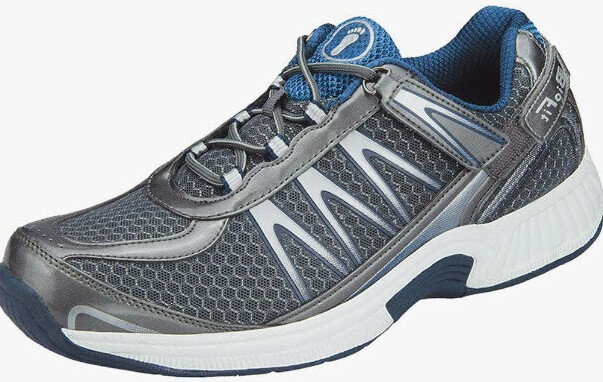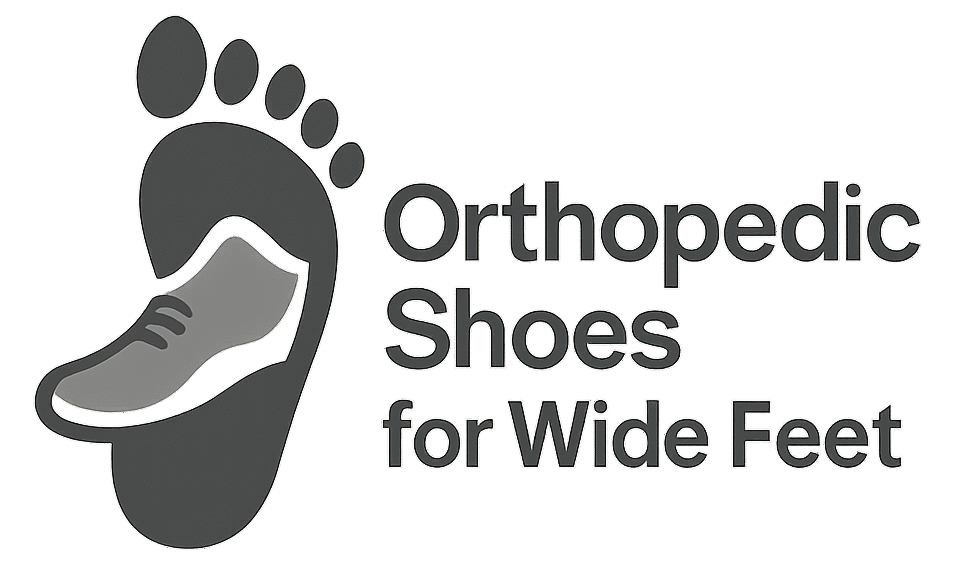
Orthopedic shoes might sound like something out of a medical mystery novel, but they’re actually incredibly common and beneficial. The main purpose of these shoes is to provide support and alleviate pain for people with various foot, ankle, or leg problems. Think of them as a high-tech solution to everyday discomfort.
Orthopedic shoes date back further than you might guess. People have always looked for ways to make walking easier and pain-free. Over the years, these shoes have evolved significantly. Originally, they were more functional than fashionable. Thanks to modern technology, today’s designs often blend style with essential support.
Why are these shoes so important in modern healthcare? Simple: they offer a non-invasive way to improve quality of life for many individuals. Whether you’re dealing with chronic pain, recovering from an injury, or managing a condition like arthritis or diabetes, orthopedic shoes can make a world of difference.
Key Components of Orthopedic Shoes
Orthopedic shoes are a marvel of design and engineering, created to offer maximum support and comfort. Understanding the key components will help you appreciate why they’re so effective.
First up, the anatomy of these shoes is worth noting. They usually consist of three main parts: the soles, insoles, and uppers. The soles are often thicker and sturdier, providing a stable base that cushions each step. Insoles are usually removable and customizable, allowing for a perfect fit that addresses individual needs. The uppers—what you see on the outside—are designed to be durable yet comfortable.
Materials play a significant role in the effectiveness of orthopedic shoes. Leather was a traditional favorite, but now you’ll find options made from high-tech polymers and breathable fabrics. These advanced materials offer better support and can adapt to the shape of your foot over time.
Customization is where orthopedic shoes truly shine. They can be tailored to fit your foot’s unique shape and needs. This means getting properly fitted by a professional is crucial. A good fit can prevent a host of issues like blisters, calluses, and even more severe foot problems.
Benefits and Applications of Orthopedic Shoes
Orthopedic shoes aren’t just about comfort; they’re a game-changer for your overall health and well-being. One of the biggest benefits is better posture. These shoes can help align your feet, ankles, knees, and hips properly, which aids in improved posture and balance.
Pain relief is another significant advantage. Whether it’s chronic foot pain, back pain, or discomfort in your joints, the right pair of orthopedic shoes can make everyday activities more manageable. They provide the necessary support and cushioning, which helps alleviate pain and prevent further complications.
These specialized shoes are often prescribed for conditions such as diabetes and arthritis. Diabetic patients, for instance, need to avoid any footwear that can cause sores or ulcers. Orthopedic shoes are designed to minimize pressure points and reduce the risk of foot complications. For arthritis sufferers, these shoes offer the much-needed shock absorption and support to ease joint pain.
Sometimes real-world examples help illustrate the benefits. Take, for example, Jane, who struggled with plantar fasciitis for years. Simple tasks like walking to the mailbox became unbearable. After switching to orthopedic shoes, she noticed a significant reduction in pain within a few weeks. Patient testimonials like Jane’s highlight the life-changing effects of these shoes.
Choosing the Right Orthopedic Shoes
Finding the perfect pair of orthopedic shoes isn’t just about grabbing any pair labeled ‘orthopedic’ off the shelf. Different feet have different needs, so it’s essential to consider several factors.
Start with your foot type. Are you flat-footed, or do you have a high arch? Knowing this can guide your choice in finding shoes that provide the right level of support and cushioning. For those who are active or have specific health conditions, the type of activities you engage in can also influence the best choice. Runners, for example, have different requirements compared to someone who spends the day standing.
Let’s talk maintenance. These shoes aren’t a set-it-and-forget-it deal; they need care to maintain their benefits. Keep them clean and dry, and replace insoles or other parts as necessary. Proper maintenance can significantly extend the life of your shoes, ensuring they continue to provide the support you need.
Consulting with healthcare professionals is also a smart move. Podiatrists and orthopedic specialists can offer personalized advice that takes into account your medical history and specific foot issues. They can also perform gait analysis and other tests to recommend the best options for you.
In the end, the right pair of orthopedic shoes can transform your daily comfort and overall health. They’re often a worthwhile investment that can save you from more significant health issues down the line.
